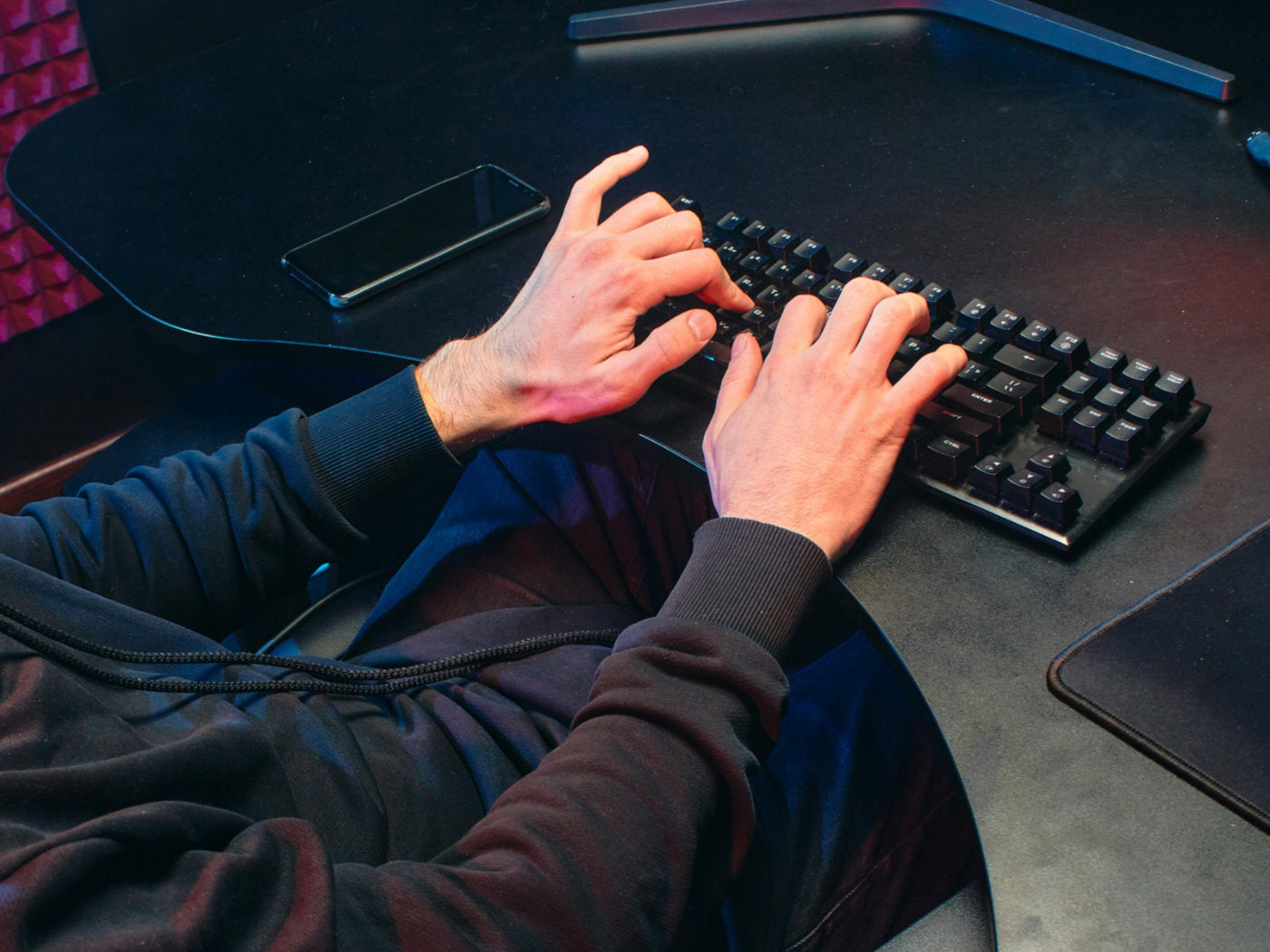VR readiness refers to the capability of a computer to smoothly run VR applications and games, providing users with an enjoyable and seamless experience. To determine if your PC is VR-ready, it's crucial to assess its hardware and performance capabilities. This involves evaluating components such as the CPU, GPU, and RAM to ensure they meet the minimum requirements for running VR content.
PC VR Ready Requirements
- CPU
- GPU
- RAM
1. CPU (Central Processing Unit)
the CPU's performance directly impacts the rendering of graphics, interaction with virtual objects, and responsiveness to user inputs. A faster and more powerful CPU can significantly enhance the overall VR experience by reducing latency and ensuring fluid VR gameplay.
Several CPU models are commonly recommended for VR applications due to their robust performance and compatibility. Among these are the following:
- Intel Core i5 series
- Intel Core i7 series
- AMD Ryzen series
If your current CPU falls short of the recommended specifications for VR, you may need to consider upgrading to a more capable model. When selecting a new CPU, prioritize factors such as the following:
- Clock speed
- Number of cores
- Compatibility with your motherboard
RELATED: Standalone vs. PC VR - Choosing The Right Virtual Reality Experience
2. GPU (Graphics Processing Unit)
The GPU is responsible for rendering complex 3D environments, textures, and effects in VR applications, making it a critical component for delivering immersive experiences. A powerful GPU can handle the demanding graphical tasks of VR, resulting in sharper images, reduced latency, and enhanced realism.
Here are some examples of the widely-recognized GPU models:
- NVIDIA GeForce GTX series
- AMD Radeon series
When evaluating GPU compatibility, consider factors such as VRAM capacity, CUDA cores (for NVIDIA GPUs), and compatibility with VR headset specifications.
3. RAM (Random Access Memory)
While the specific RAM requirements for VR applications may vary depending on the complexity of the environment and the software's demands, most VR experiences recommend a minimum of 8GB of RAM.
However, to ensure optimal performance and future-proofing, it's advisable to have at least 16GB of RAM. Higher RAM capacities can accommodate the demands of running multiple applications simultaneously and provide headroom for future VR advancements.
RELATED: Best PC VR Games On Steam (2024)
VR Readiness Tools
Utilizing specialized VR readiness tools can streamline the process of assessing your PC's readiness for VR experiences.
SteamVR Performance Test
- Open the Steam application on your computer and search for "SteamVR Performance Test." Download and install the test from the search results.
- Launch the SteamVR Performance Test and follow the on-screen instructions to initiate the performance evaluation process.
- Once the test is complete, review the results provided by the SteamVR Performance Test. The test will display a score indicating whether your system meets the minimum requirements for VR.
HTC VIVE Test Tool
- Search for the official HTC VIVE Ready Test Tool.
- Click “Test My PC.” Follow the on-screen instructions to complete the test.
- After the test is complete, assess the compatibility of your system with the HTC VIVE headset based on the results provided by the test tool.
Microsoft Mixed Reality Portal
- Locate and launch the Microsoft Mixed Reality Portal application on your PC.
- Within the Mixed Reality Portal, initiate the compatibility test to assess your system's readiness for mixed reality experiences.
- Once the compatibility test is complete, review the compatibility status displayed by the Mixed Reality Portal. The portal will indicate whether your system meets the requirements for running mixed reality applications.
Third-Party Benchmarking Tools
- Explore third-party benchmarking tools designed for evaluating PC performance and hardware compatibility with VR applications. Examples include 3DMark and PassMark.
- Install and run benchmark tests using third-party software to assess your PC's performance metrics, including CPU, GPU, and RAM.
- Analyze the benchmark test results to identify areas of improvement and determine whether your system meets the recommended specifications for VR.
RELATED: Is The Pico 4 Good For PC VR?
Recommended PC VR Accessories:
1. ZyberVR Link Cable
2. ZyberVR Neck Power Bank
3. ZyberVR Streaming And Charging Cable
Conclusion
Assessing CPU, GPU, and RAM compatibility, as well as utilizing VR readiness tools allows individuals to evaluate their system's readiness accurately. Thorough evaluation and informed decision-making are essential for ensuring a smooth and enjoyable VR journey.





